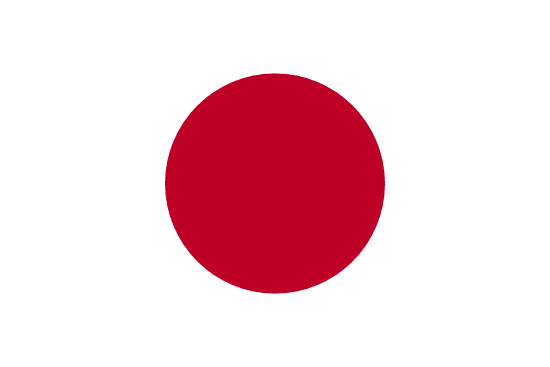"東京、あなたを待っています | Tokyo, waiting for you"
About:
Tokyo, Japan's capital city, was originally a small fishing village named Edo. It became a prominent political center in 1603 when Shogun Tokugawa Ieyasu made it his headquarters. In 1868, Edo was renamed Tokyo, meaning "Eastern Capital". The city underwent rapid industrialization and expansion during the Meiji era. Despite suffering extensive damage during World War II and the 1923 Great Kanto Earthquake, Tokyo rebuilt and emerged as a global economic powerhouse in the post-war period.
When to visit:
Tokyo, the bustling capital of Japan, is a vibrant destination that offers a unique blend of tradition and modernity. For a truly memorable holiday experience, it is recommended to visit Tokyo in the spring season, particularly during the cherry blossom season which typically occurs in late March to early April. This time of year is celebrated with hanami (flower viewing) parties in parks and gardens throughout the city, creating a stunning backdrop for your holiday adventures. Be sure to plan your trip in advance as this is a popular time for tourists and accommodations may fill up quickly.
When to avoid:
Tokyo experiences peak tourist seasons during major holidays such as Golden Week in late April to early May and the New Year period from late December to early January. During these times, attractions and accommodations are crowded, leading to long lines and higher prices. Additionally, transportation systems may be more congested, making it challenging to navigate the city efficiently. Travelers looking to avoid the crowds and higher costs may want to consider visiting Tokyo during the shoulder seasons of spring or autumn for a more pleasant experience.
Winter (Dec-Feb)
In Tokyo, winter (Dec-Feb) is the coldest period, with average highs of 10°C and lows near freezing. Rainfall is minimal, with December being the driest month. However, the city is often overcast, resulting in less sunlight. Snow is rare but possible. On an average winter day, a visitor might find the city's streets brisk and chilly but relatively dry. The sky is often gray, but Tokyo's vibrant city lights and holiday decorations add warmth and color to the scene. Indoor attractions like museums, restaurants, and shopping centers become particularly appealing.
"Summer (June-August)"
In Tokyo, the warmest part of the year is typically between June and August, marking the summer season. During this time, the average high temperatures range from 28 to 31 degrees Celsius (82-88 degrees Fahrenheit), while the average low temperatures range from 20 to 25 degrees Celsius (68-77 degrees Fahrenheit).
Rainfall is quite high in early summer, especially in June which is the peak of the rainy season (tsuyu). The city receives an average rainfall of 181.5 mm in June, which gradually decreases to around 128.5 mm in August. This period is also characterized by high humidity levels, usually exceeding 70%.
In terms of sunlight, Tokyo experiences long daylight hours in summer, with an average of 5-6 hours of sunshine per day. However, cloudiness is also common due to the rainy season and humidity, resulting in partly cloudy to cloudy skies on many days.
For a visitor, a typical summer day in Tokyo would feel hot and humid, especially in the afternoon. Mornings may start with some sunshine, but clouds often roll in as the day progresses, with a chance of rain showers or thunderstorms, especially in June and July. Despite the humidity and rainfall, the summer season brings a vibrant atmosphere to the city with various outdoor events and festivals.
Language:
In Tokyo, the most commonly spoken language is Japanese. As the capital city of Japan, it's the primary language for communication in all aspects of daily life. However, due to international business and tourism, English is also widely understood and spoken, particularly in the business sector and among younger generations. Other languages like Chinese and Korean are also spoken due to the city's diverse population.




